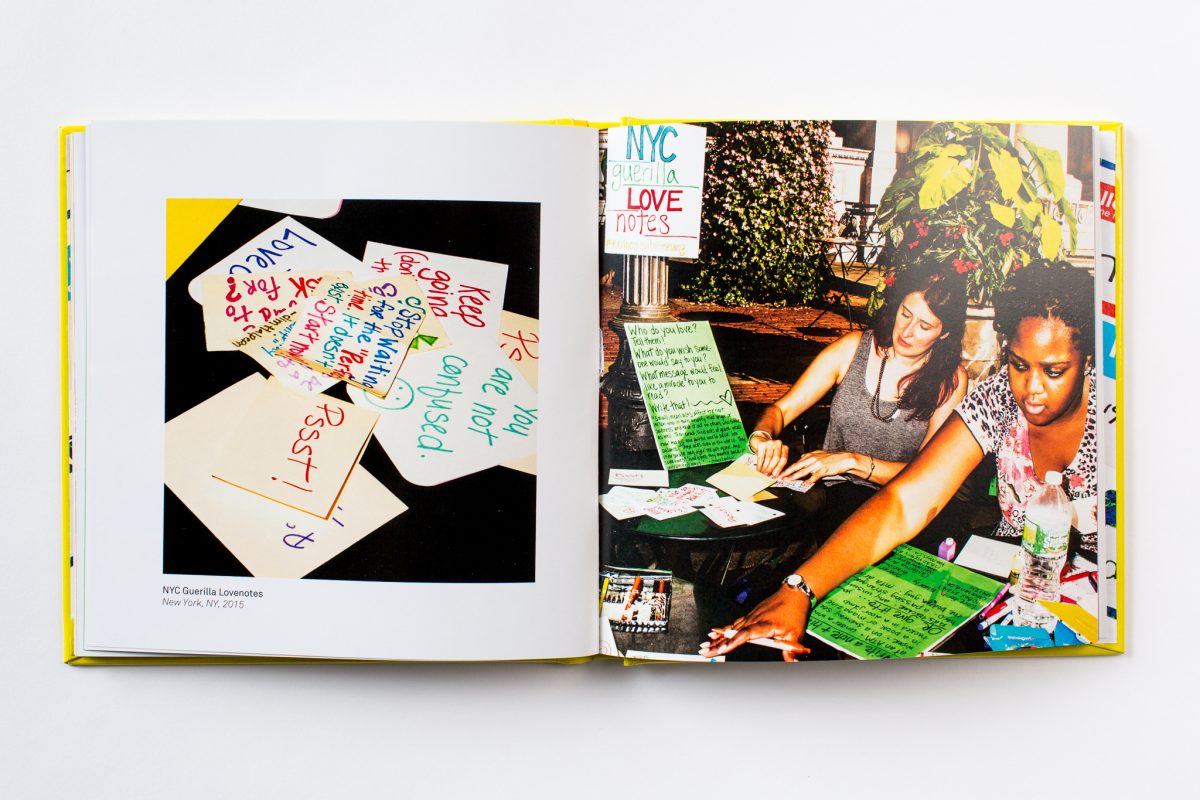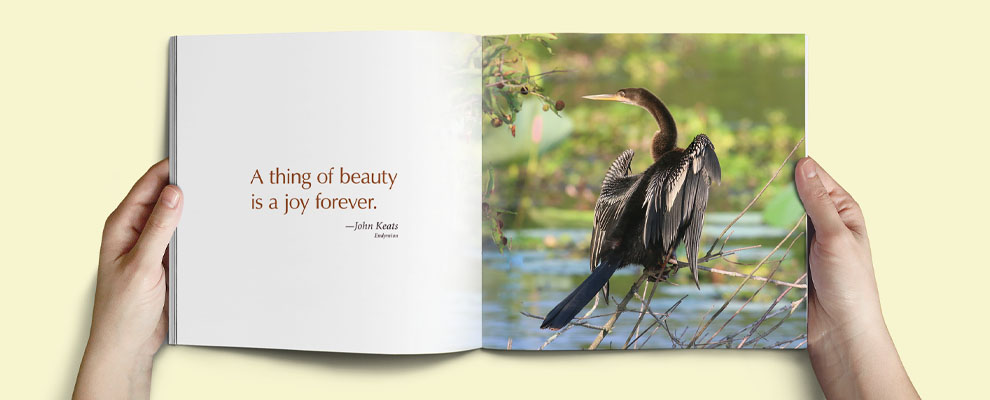How to Prepare Press-Quality Files for an art book Project
How to Prepare Press-Quality Files for an art book Project
Blog Article
Discover the Essential Guide to Art Book Printing for Aspiring Artists and Publishers
As a hopeful musician or author, recognizing the nuances of art book printing is vital to bringing your vision to life. What are the crucial components you should concentrate on to create a magnificent art book that truly represents your work?
Comprehending Various Kinds Of Art Books
When you dive right into the globe of art publications, you'll promptly uncover that they come in various forms, each tailored to different artistic expressions and audiences. Coffee table books frequently showcase spectacular visuals, ideal for laid-back browsing, while monographs dive deep into an individual artist's work, giving context and understandings. If you want details art activities, event magazines supply comprehensive paperwork of shows, featuring essays and reviews.
For educational objectives, art guidebooks and method books direct you with various mediums and designs, making them necessary for striving artists. Finally, minimal version or artist books obscure the lines in between art and literature, often including one-of-a-kind style elements or handmade attributes. Recognizing these kinds helps you establish what resonates with you and what might ideal match your audience. Each style serves its objective, and recognizing their differences can enhance your art book trip.
Choosing the Right Paper and Materials
Choosing the right paper and products can greatly affect the total quality and feel of your art book. For dynamic shades and detailed details, opt for a glossy surface or a heavyweight matte paper that improves aesthetic deepness.
Think of the weight of the paper, as well. Thicker choices usually lend a more professional appearance, while lighter papers can minimize printing expenses. Do not ignore the binding products; a sturdy cover can protect your pages and include in the book's aesthetic.
Ultimately, consider sustainability. Green options are acquiring popularity and can show your values as an artist. By thoroughly selecting your paper and products, you'll assure that your art book not just looks excellent however likewise feels unique in the hands of your visitors.

Choosing the very best Printing Strategies
When it pertains to printing your art book, picking between countered and digital printing can greatly affect your end product. You'll also desire to think about exactly how paper quality influences the overall appearance and feel of your art work. Allow's check out these vital printing methods to locate the very best fit for your job.
Countered vs. Digital Printing
While both offset and digital printing have their advantages, selecting the ideal method for your art book can substantially influence the last item. Countered printing supplies high-quality images and vibrant colors, making it perfect for larger print runs. Ultimately, your choice ought to align with your artistic vision and distribution strategy, ensuring that your art book reflects the top quality you want.
Paper Top Quality Factors To Consider
Selecting the best paper quality can substantially improve the visual allure and tactile experience of your art book. For prints, a shiny surface can make images pop, while a matte surface provides a softer, extra subtle appearance.
Next, think of the sustainability of your choice. Green choices are becoming progressively popular and can attract environmentally-conscious readers. Lastly, request samples to see just how different documents work with your art work, guaranteeing the final item shows your vision flawlessly.
Making Sure Color Accuracy in Your Prints
To achieve stunning prints, you require to focus on shade precision from the beginning. You'll intend to make use of color calibration methods to validate your monitor and printer are in sync. In addition, proofing your work before the final print run can aid capture any inconsistencies, assuring your art looks equally as you visualized.
Color Calibration Strategies
Guaranteeing shade precision in your prints starts with effective shade calibration strategies that assist preserve consistency in between your electronic pictures and final published items. Next, choose a shade account fit for your printing process, like CMYK for print products. By regularly applying these strategies, you'll improve the total high quality of your art prints and better share your imaginative vision.
Proofing for Accuracy
While you may think your electronic photos await print, proofing is crucial for accomplishing color precision. Before committing to a complete print run, always ask for a proof from your printer. This permits you to see exactly how colors equate from screen to paper. Contrast the evidence with your calibrated monitor to detect any discrepancies. Pay focus to saturation, brightness, and tone, as these variables can drastically influence your end product.
If adjustments are needed, connect clearly with your printer concerning your desired results. Do not be reluctant to demand numerous proofs if needed; it's worth the investment to obtain it right. Ultimately, detailed proofing guarantees that click here for info your artwork is stood for as you pictured it, maintaining your creative stability throughout the printing procedure.

Creating Layouts That Enhance Your Art Work
When you create formats for your art book, it's necessary to contemplate how each element communicates with your artwork. Objective for a balance between visuals and text, guaranteeing neither overshadows the other. Use white space strategically; it gives your artwork room to breathe and draws attention to its information.
Take into consideration the circulation of your book. Prepare images in such a way that overviews the viewers's eye, developing a story or thematic progression. art book. Vary the sizes and orientations of your art work to maintain the design vibrant and fascinating
Select fonts that complement your artwork without sidetracking from it. Maintain text succinct and appropriate, supplying context or insight that enhances click reference the visitor's experience.
Ultimately, test different formats. Publish samples to see just how the styles translate theoretically, and change as needed. By attentively developing your layouts, you'll develop a visually appealing art book that resonates with your target market.
Binding Choices for a Specialist Complete
Choosing the right binding alternative can considerably impact the total presentation of your art book. You'll intend to think about both aesthetic appeals and sturdiness when making your selection. Popular choices include best binding, which offers a streamlined look and is best for thicker books; saddle sewing, ideal for smaller pamphlets; and spiral binding, which enables web pages to lay flat for simple watching.
If you're going for a costs feel, situation binding is an excellent option, providing a strong cover and a specialist look (art book). Do not ignore the cover product; options like fabric, natural leather, or a glossy finish can raise your book's allure
Whatever choice you select, make certain it complements your artwork and boosts the reader's experience. Take your time to evaluate the pros and disadvantages of each method, so your end product mirrors the quality More about the author of your innovative vision.
Preparing Your Declare Publish Readiness
To ensure your art book is print-ready, you'll require to pay very close attention to file preparation. Begin by establishing your record size to match your desired print dimensions. Usage high-resolution photos-- 300 DPI is the standard-- to determine sharp, lively visuals. Transform your documents to CMYK setting, as this shade space is finest for printing. Don't fail to remember to include hemorrhage locations, generally an added 0.125 inches around your web pages, to prevent any white edges after trimming.
Also, embed your font styles or transform text to describes to avoid any font issues. Save your job in a PDF layout, as this is one of the most approved data type for printers. Confirm your apply for any type of typos or design errors, as changes can be costly after the reality. Take into consideration developing a proof to evaluate before the last print run. Complying with these steps will aid you attain a refined, expert art book.
Often Asked Questions
What Is the Ordinary Expense of Publishing an Art Book?
The standard cost of publishing an art book varies, but you can expect to pay anywhere from $5 to $20 per copy, depending on variables like size, paper quality, and printing quantity.
How Can I Locate a Reliable Printing Business?
To find a dependable printing firm, begin by researching on the internet reviews and asking fellow musicians for suggestions. Contrast quotes, check profiles, and communicate your requirements plainly to ensure they recognize your vision and high quality assumptions.
What Is the Regular Turn-around Time for Printing?
The common turn-around time for printing varies however generally ranges from one to 4 weeks. Factors like job intricacy and quantity can impact this. Constantly validate with your selected printer for certain timelines and assumptions.
Can I Print My Art Book in Limited Quantities?
Yes, you can absolutely publish your art book in limited quantities. Many printing companies provide short-run choices, enabling you to generate just the number you need, making it easier to manage prices and supply.
What Lawful Considerations Should I Know for My Art Book?
You should take into consideration copyright, licensing agreements, and model releases when producing your art book. Ensure you have the right to make use of all pictures and message, safeguarding on your own from possible legal concerns down the roadway.
Report this page